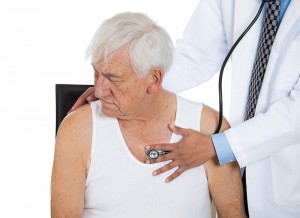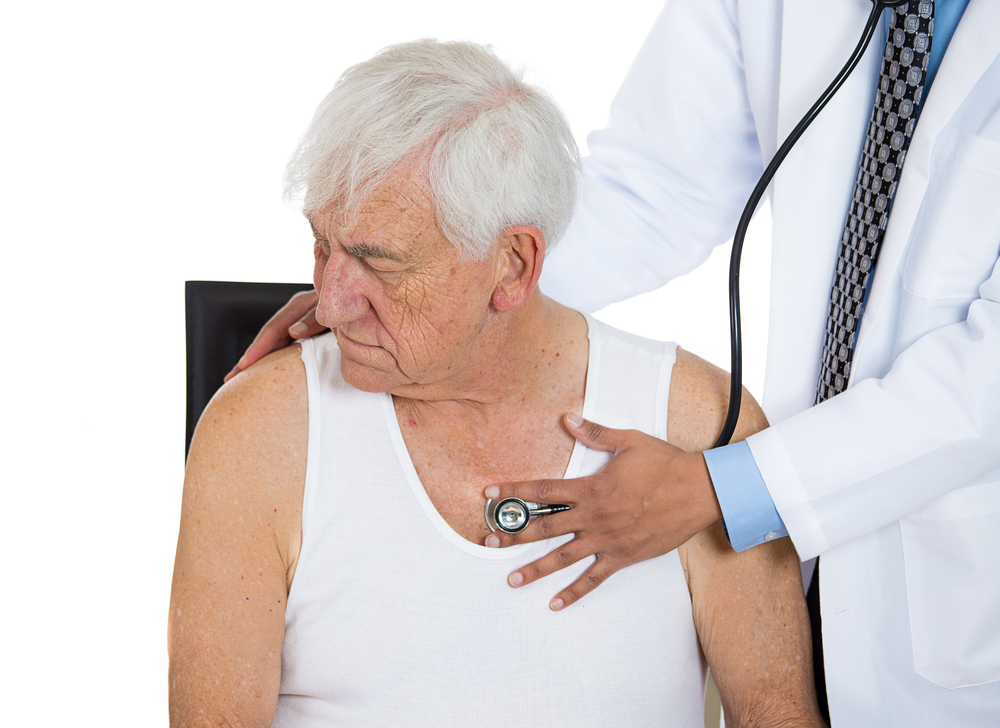 A team of researchers led by Dr. Matthew Evison, from the University Hospital of South Manchester, United Kingdom, published this week in the Journal of Thoracic Oncology a study entitled “Nodal staging in lung cancer: A risk stratification model for lymph nodes classified as negative by EBUS-TBNA”.
A team of researchers led by Dr. Matthew Evison, from the University Hospital of South Manchester, United Kingdom, published this week in the Journal of Thoracic Oncology a study entitled “Nodal staging in lung cancer: A risk stratification model for lymph nodes classified as negative by EBUS-TBNA”.
The treatment and prognosis of lung cancer depends on precise staging that takes into account the extent to which cancer has spread from the primary lung tumor to other locations. Commonly, the examination of lymph nodes containing lung cancer is done by surgical removal or by using endobronchial ultrasound-guided transbronchial needle aspiration (EBUS-TBNA).
EBUS-TBNA is a minimally invasive technique for evaluating the mediastinum and staging patients with lung cancer. It has been proven to be cost-effective and to provide good cytological specimens. The procedure is regularly utilised as a tool to sample the lymph nodes adjacent to the airway wall, but recently it has been used in sampling lesions in the mediastinum, hilum, and lung parenchyma. The proposition is that in a single procedure, the clinician can diagnose, stage the disease, and acquire adequate material for anciliary testing. Researchers aim to expand it as a gold-standard procedure in accessing cytology-proven staging and restaging of lung cancer, but studies on patients pathways following a negative EBUS-TBNA are necessary.
In this recent study, the team aimed to develop and validate a risk stratification model to categorise lymph nodes considered negative by EBUS-TNBA into “low risk and “high risk” groups, with risk referring to the probability of false negative sampling. To achieve this, researchers conducted a retrospectively analysis where they accessed a prospectively maintained database at a UK tertiary EBUS-TBNA centre, with an inclusion criteria of primary lung cancer and negative lymph nodes by EBUS-TBNA.
The risk stratification model was developed from a derivation set using independent predictors of malignancy and the validation set was used to evaluate the model. A total of 329 lymph nodes were included in the analysis. Results showed that lymph nodes categorized as low risk by the model had between a 98% and 99% chance of being truly negative based on the validation and derivation sets, respectively. Lymph nodes categorized in the model as high risk of being truly malignant obtained a 65% score in both the validation and derivation sets following a false negative EBUS-TBNA classification.
The authors concluded that the risk stratification model is useful for clinicians to decide which patients need further staging procedures and which may proceed directly to treatment after a negative EBUS-TBNA.


